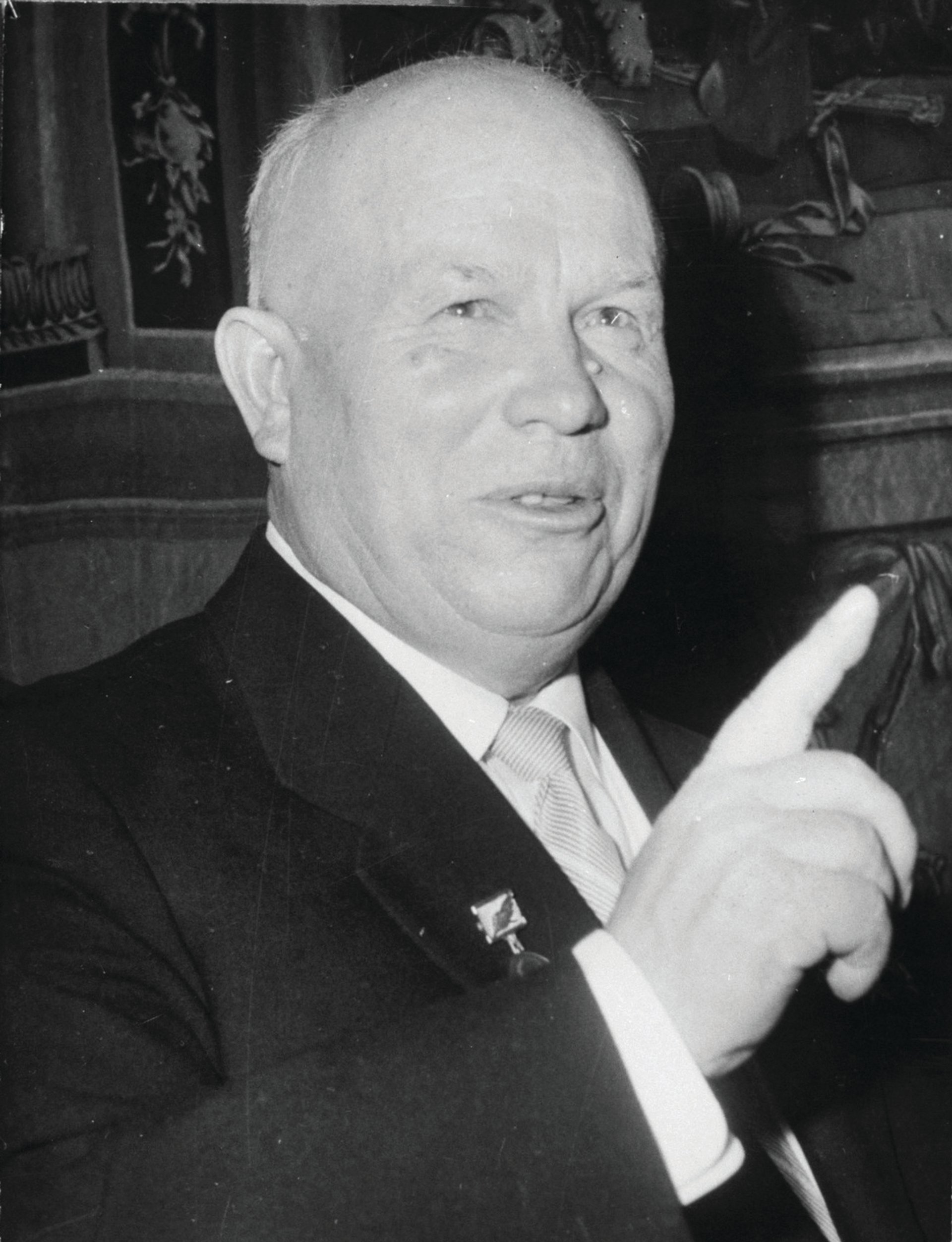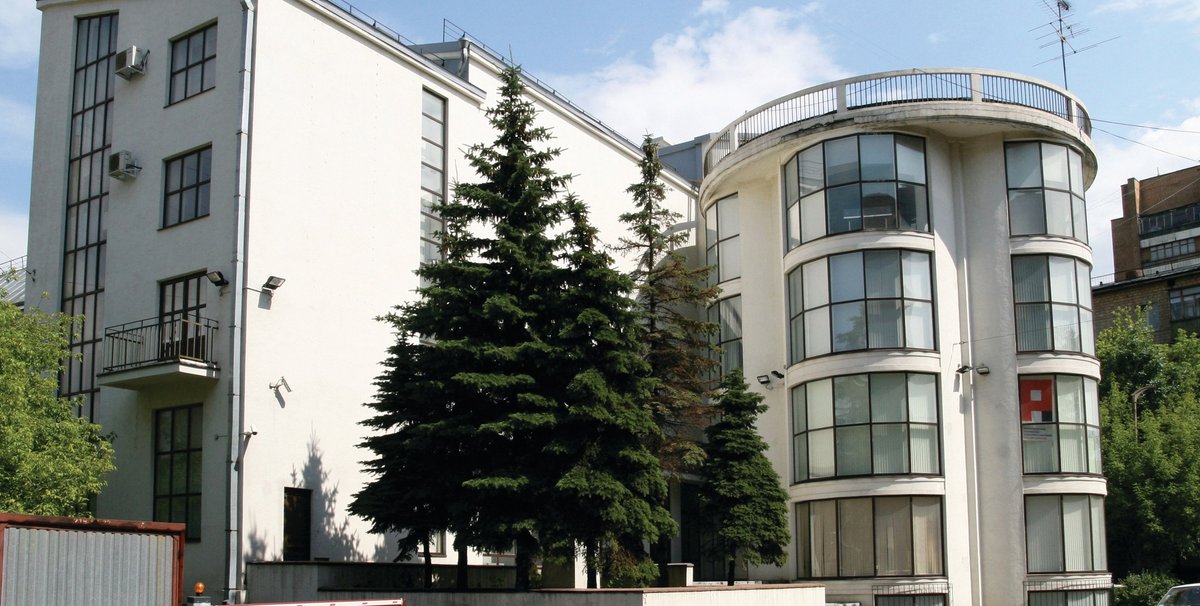A Russian IT entrepreneur plans to open a museum of Russian abstract art in Moscow later this year and has set up a foundation that will spend $4.5m to promote the work abroad, including in China and the US.
Olga Uskova, the founder and president of the software company Cognitive Technologies, tells The Art Newspaper that she intends to transform a former Soviet factory-workers’ club, designed by the Constructivist architect Konstantin Melnikov, into a museum displaying works of art from the second wave of the Russian avant-garde, which began in the 1950s.
This movement arose during the cultural ferment known as “the thaw” under Soviet leader Nikita Khrushchev, following the death of Joseph Stalin. Central figures in the movement included Ely Belyutin, an artist and teacher who set up an art school called the New Reality and advocated for a way of painting that incorporated emotions in the depiction of the world. Another important artist was Vladislav Zubarev.
Khrushchev’s condemnation of the movement’s work at a 1962 exhibition in Moscow marked the symbolic end of this period of creative freedom and sent the artists’ work underground, although they were not persecuted or imprisoned. Belyutin continued to run his art academy at the Abramtsevo dacha village outside the city.
In 2012, Uskova bought the collection and vast archive of Samvel Oganesyan, which included abstract work made in the 1950s. The following year, she set up the Russian Abstract Art Foundation in Moscow.

The foundation then bought Konstantin Melnikov’s Burevestnik factory workers’ club, built in Moscow between 1927 and 1929, in which Uskova plans to display her collection. The museum is due to open by the end of the year. “Around 300 people went through the Belyutin studio, and his theories and methods were tried on them,” Uskova says. Of these, “around 20 deserve serious international attention, [and] the work of around seven of them is in no way inferior in quality and innovation to that of the best in the world”, she says, singling out Lucian Gribkov, Vladislav Zubarev, Vera Preobrazhenskaya and Tamara Ter-Gevondyan.
Although these artists followed prevailing international trends, they also made “fresh statements” because they were making art in the “experimental conditions” of the Soviet Union, Uskova says. Since they had no way of selling their art, they were motivated purely by the creative impulse, and their works are “messages… from people who lived exclusively for the sake of art”. Creativity is “a matter of self-realisation” that is more profound than any other motivation, she adds. “Neither love, nor family, nor sex, nor money can give a fuller answer at the end of a person’s life to the question of why they lived.”
Uskova’s collection was shown at the State Russian Museum in St Petersburg in 2014 and at the Moscow Museum of Modern Art in a show that opened in October 2016. Several works are now on display in an exhibition at the State Tretyakov Gallery in Moscow (The Thaw, until 11 June).
A show planned for Atlanta, Georgia,in September will place the work ofNew Reality artists alongside that of UScontemporaries. Another exhibition isbeing planned for China. This will experimentwith multimedia and 3D formats,“taking into account the interests of theChinese”, Uskova says.





